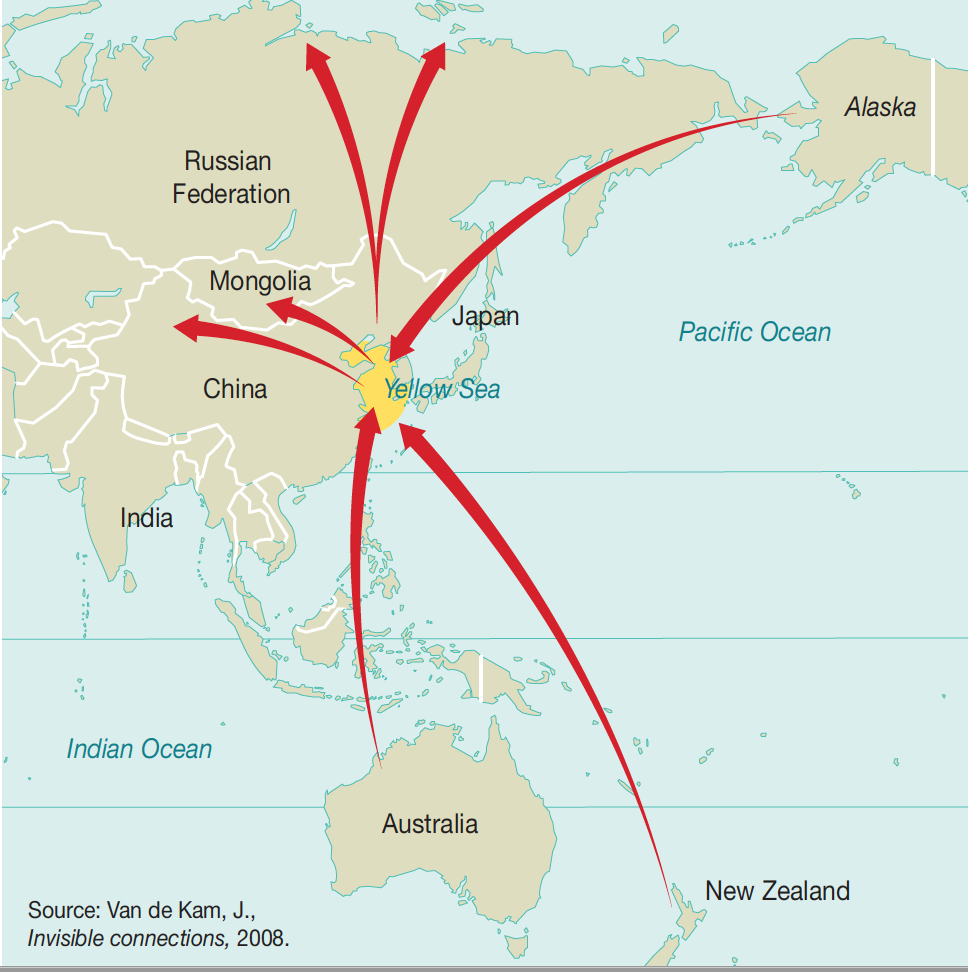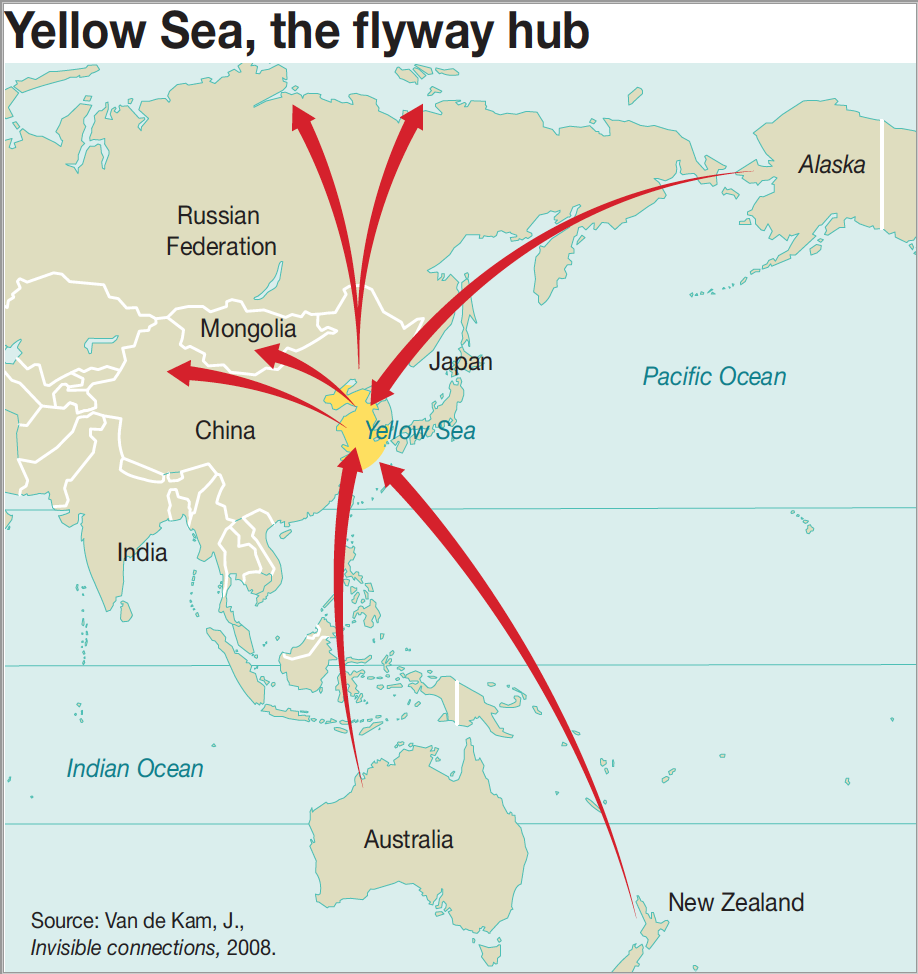
Initiatives to protect the internationally important but highly threatened tidal flats of the Yellow Sea of China and Korea came among other from the LT&C-Example Wadden Sea. As the trilateral Wadden Sea achieved the status of a World Heritage Site, and its tidal flats are of crucial importance for millions of Arctic shorebirds using the East-Atlantic Flyway, so has the Yellow Sea a comparable role for the East Asian-Australasian Flyway. It is therefore of great value that also the members of IUCN at the recent World Conservation Congress agreed on a strong motion for the Yellow Sea and request to “consider the possibility of a future trilateral World Heritage nomination for the intertidal zone of the Yellow Sea with support from surrounding countries”.
The Wadden Sea would not have achieved its current protection status, including national parks and a UNESCO-approved Word Heritage Site, if millions of tourists had not been educated over time in the information centers and guided tours on the mudflats about its significant natural values. For centuries, the value of the Wadden Sea was mainly seen as potential agriculture land, which needed to be reclaimed. Huge parts of the Netherlands and Northern Germany are former mudflats and saltmarshes, which were embanked. In the late 1970s and early 1980s, conservation organizations, along with parts of the tourism industry, campaigned against the last embankment plans in Northern Germany. Once politicians realized the value of the Wadden Sea for both nature and tourism, plans were changed and national parks established.
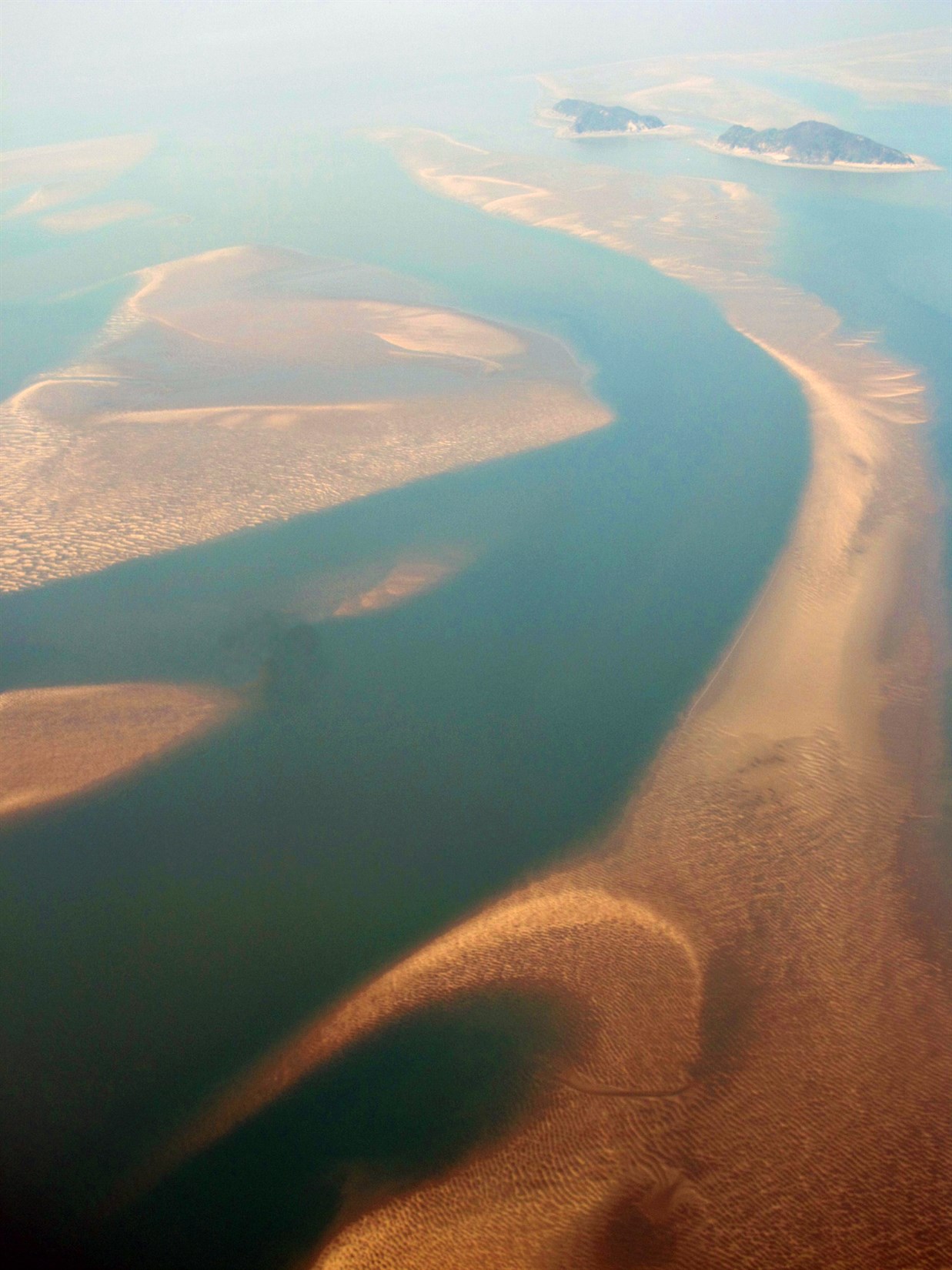
The LT&C Wadden Sea example has now the potential to be reproduced in the Yellow Sea of Korea and China. And in fact the Common Wadden Sea Secretariat has build up over years a strong partnership with people and institutions in Korea. And LT&C-members from the Wadden Sea today are involved in assisting their colleagues in China and Korea with their experience.
Most importantly, the East Asian-Australiasian Flyway Partnership (EAAFP) has become a powerful example of collaboration of regional governments together with national and international conservation NGOs. Their Collaborative Work Programme for Shorebird Conservation, which is key in achieving a successful development for the protection of the Yellow Sea tidal flats, has now been highlighted by the IUCN motion. See the full text below:
RECALLING Resolution 5.028 Conservation of the East Asian-Australasian Flyway and its threatened waterbirds, with particular reference to the Yellow Sea (Jeju,2012);
ALARMED by the Red Listing as Globally Threatened or Near Threatened of an additional six migratory waterbird species due to the rapid rate of conversion of intertidal wetlands in the East Asian-Australasian Flyway (EAAF), particularly the Yellow Sea;
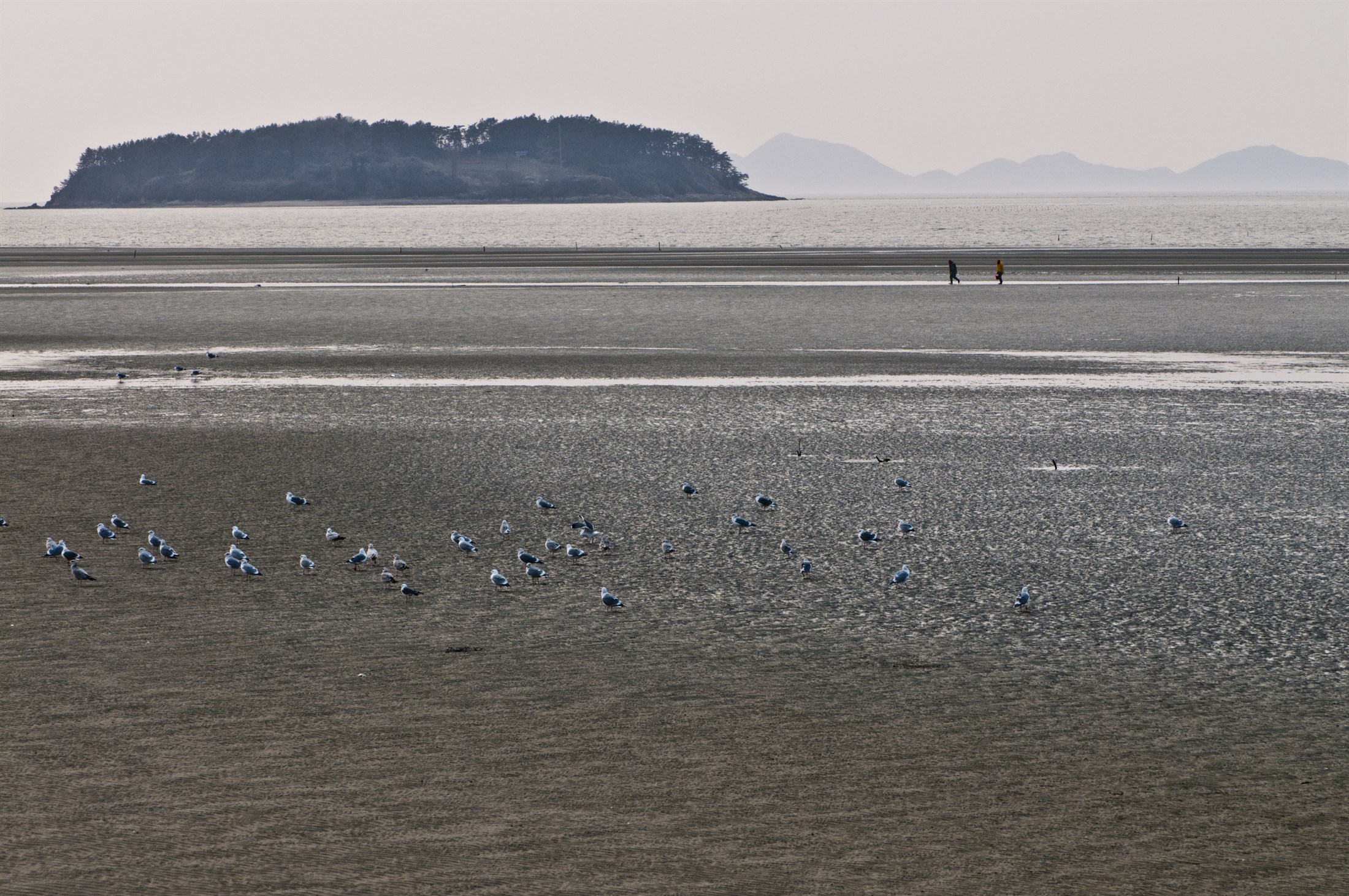
NOTING the results of studies arising from Resolution 5.028 on the benefits of ecosystem services provided by intertidal wetlands, and the status of threatened birds and their habitats to prioritise sites requiring urgent conservation and restoration and identification of important migratory waterbird habitat and expert networks;
RECOGNISING workshop outcomes on the conservation of intertidal areas, including nationally for China (September 2014) and the Republic of Korea (May 2016), and the Yellow Sea (August 2016), calling for increased recognition of the importance of intertidal ecosystems and their stronger protection;
NOTING the September 2015 recommendations of the China Coastal Wetland Conservation Blueprint project to strengthen wetland legislation and improve the protection, management and restoration of coastal wetlands in the spirit of ecological civilisation (a state China wishes to achieve by harmonising the co-existence of the global ecosystem and human economic development);
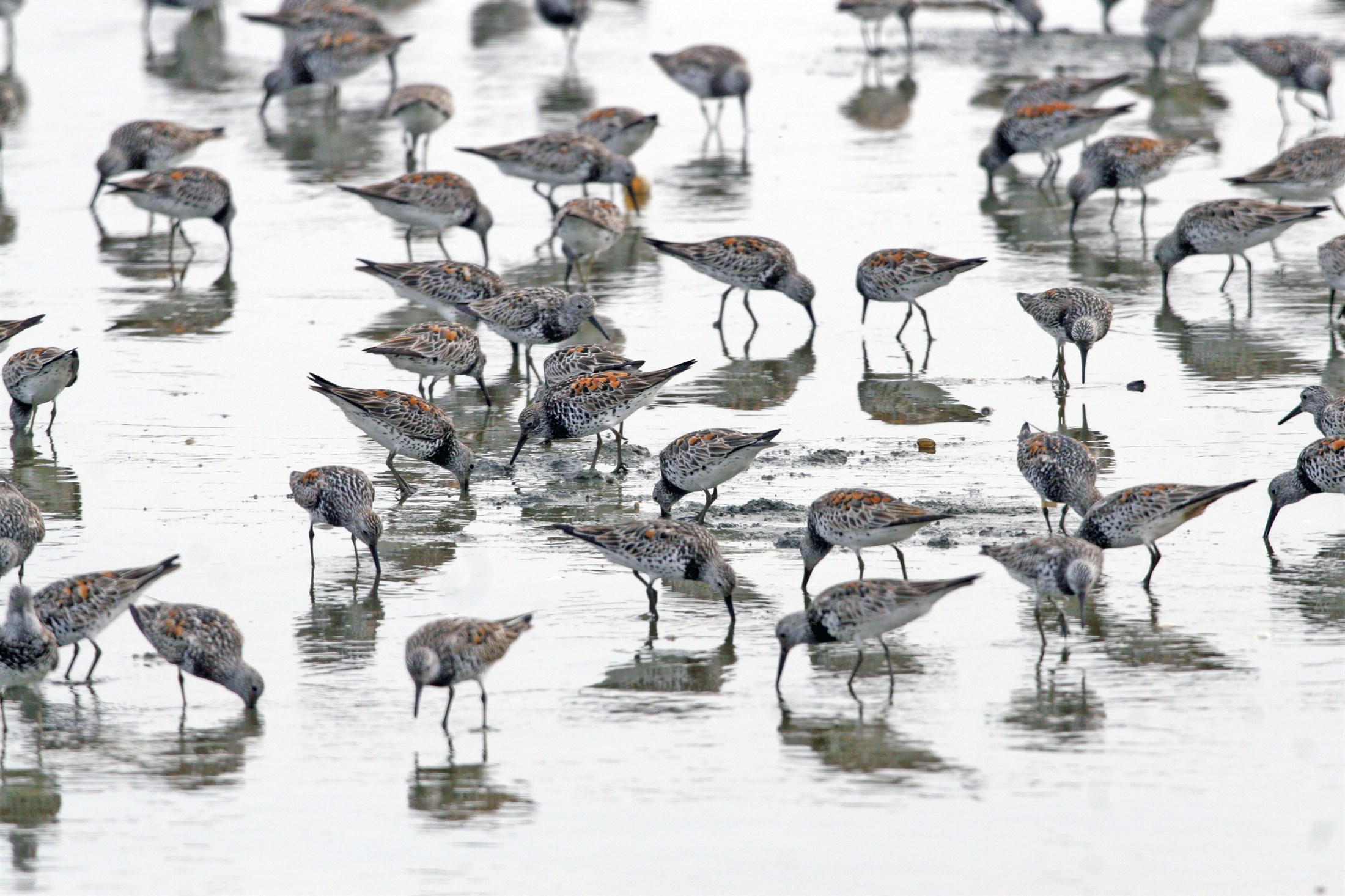
RECOGNISING the creation of the China Coastal Wetland Conservation Network in June 2015 to increase awareness and cooperative actions to protect coastal wetlands among government and society;
NOTING the annual Memorandum of Understanding between the Government of China and WWF to support coastal wetland and flyway conservation in China, signed in October 2015;
RECOGNISING that the EAAF work plan within the Arctic Council’s Arctic Migratory Bird Initiative includes, but is not limited to, intertidal habitat protection in the Yellow Sea; and
NOTING that despite the pre-eminent global importance of the Yellow Sea for migratory waterbirds of the EAAF, no World Heritage sites are yet inscribed there, though the importance of this status in improving protection and cooperation has been demonstrated along the comparable East Atlantic Flyway;
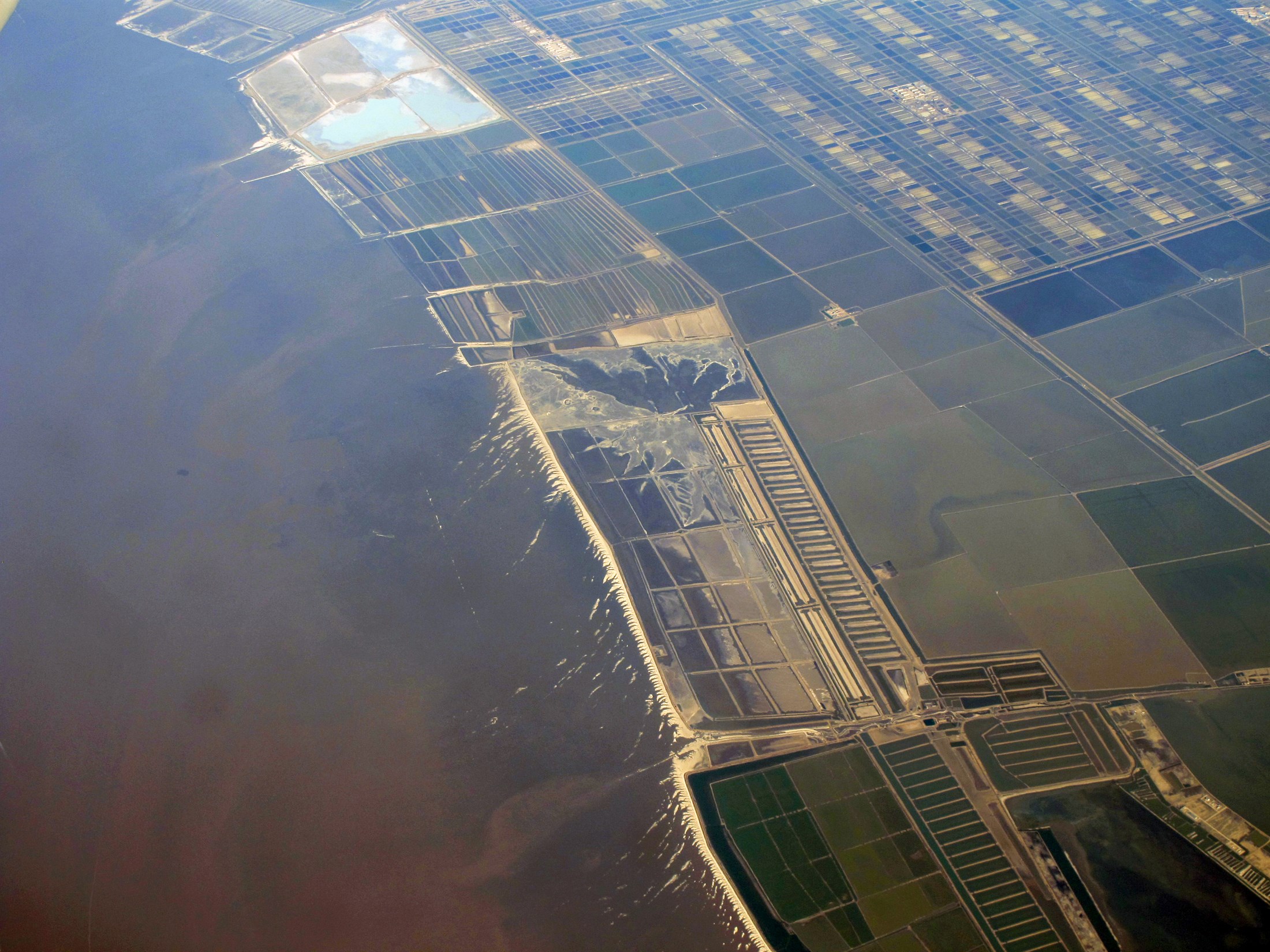
The World Conservation Congress, at its session in Hawai‘i, United States of America, 1-10 September 2016:
1. REQUESTS the Director General, Commissions and Members to consider, in conjunction with the Convention on the Conservation of Migratory Species and the Ramsar Convention on Wetlands, as appropriate, to develop national/regional management plans for migratory birds within ‘working coastal wetlands’ (i.e. those used for shellfisheries, aquaculture, fish ponds and salt pans) to benefit migratory bird populations and their habitats, which support numerous other species;
2. URGES Parties to the Ramsar Convention, at their 13th Conference (COP13, Dubai 2018), to consider – further to Resolutions VII/21 and X/22 on the conservation and wise-use of tidal flats – additional needs and priorities for remaining tidal flats at national, regional and global scales, and opportunities for urgently enhancing their protection;
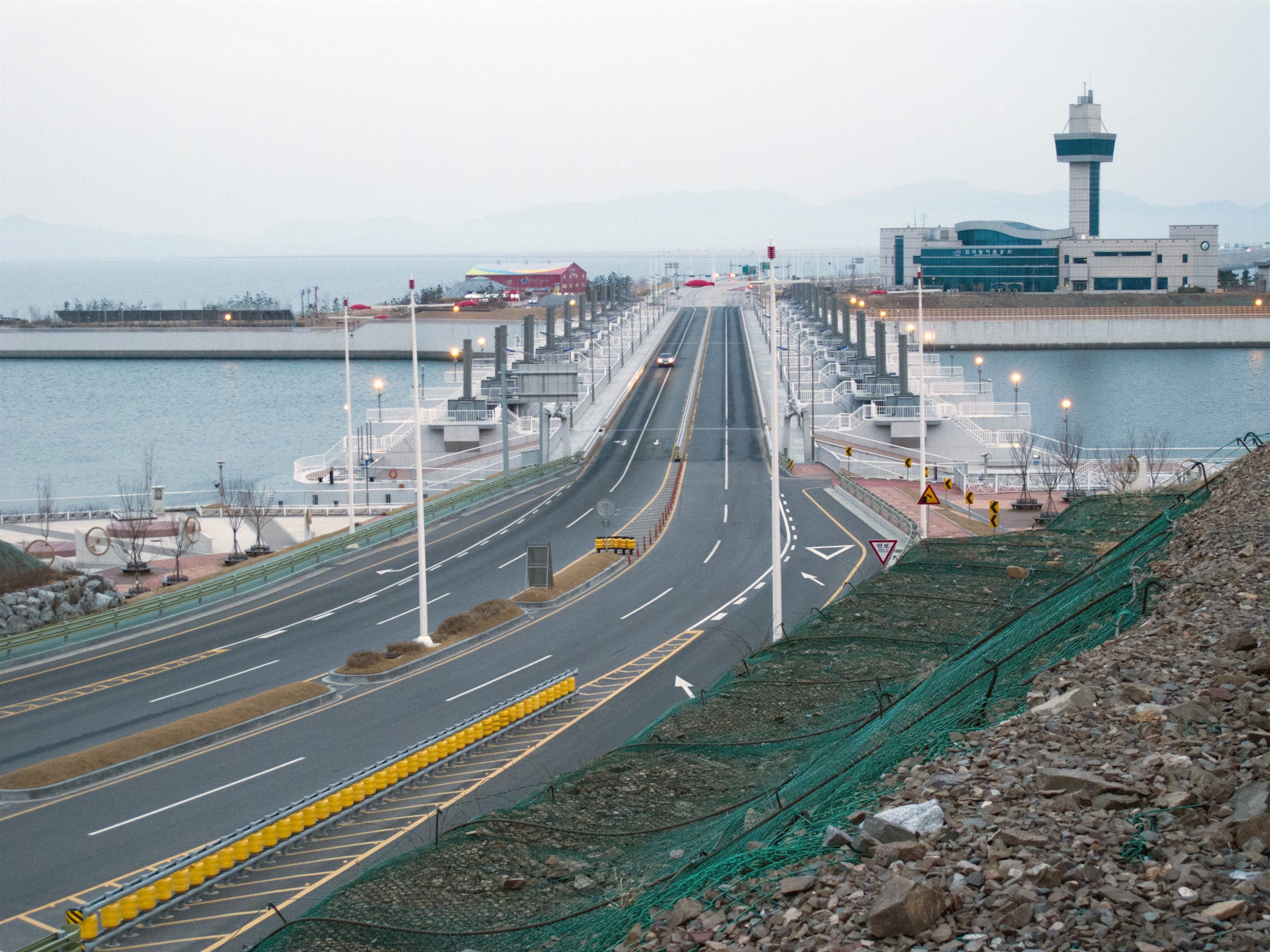
3. INVITES the Director General and Commissions (to the extent possible within available resources) to provide assistance to governments and IUCN Members along the EAAF, and particularly those around the Yellow Sea, to further implement Resolution 5.028 in particular through the measures listed below; and
4. ENCOURAGES governments along the EAAF to:
a. implement the following national and regional workshop declarations intended to define implementation of Resolution 5.028: Beijing 2015, Republic of Korea 2016, Yellow Sea 2016 and the Arctic Migratory Bird Initiative Work Plan for the EAAF and the East Asian-Australiasian Flyway Partnership (EAAFP) Collaborative Work Programme for Shorebird Conservation;
b. consider the possibility of a future trilateral World Heritage nomination for the intertidal zone of the Yellow Sea with support from surrounding countries;
c. support the development of a ‘Caring for Coasts’ Initiative, in the framework of the Convention on Biological Diversity and the Ramsar Convention, as part of a global movement to restore coastal wetlands; and
d. use the EAAFP as a framework for strengthening the conservation of migratory waterbird species and their habitats.
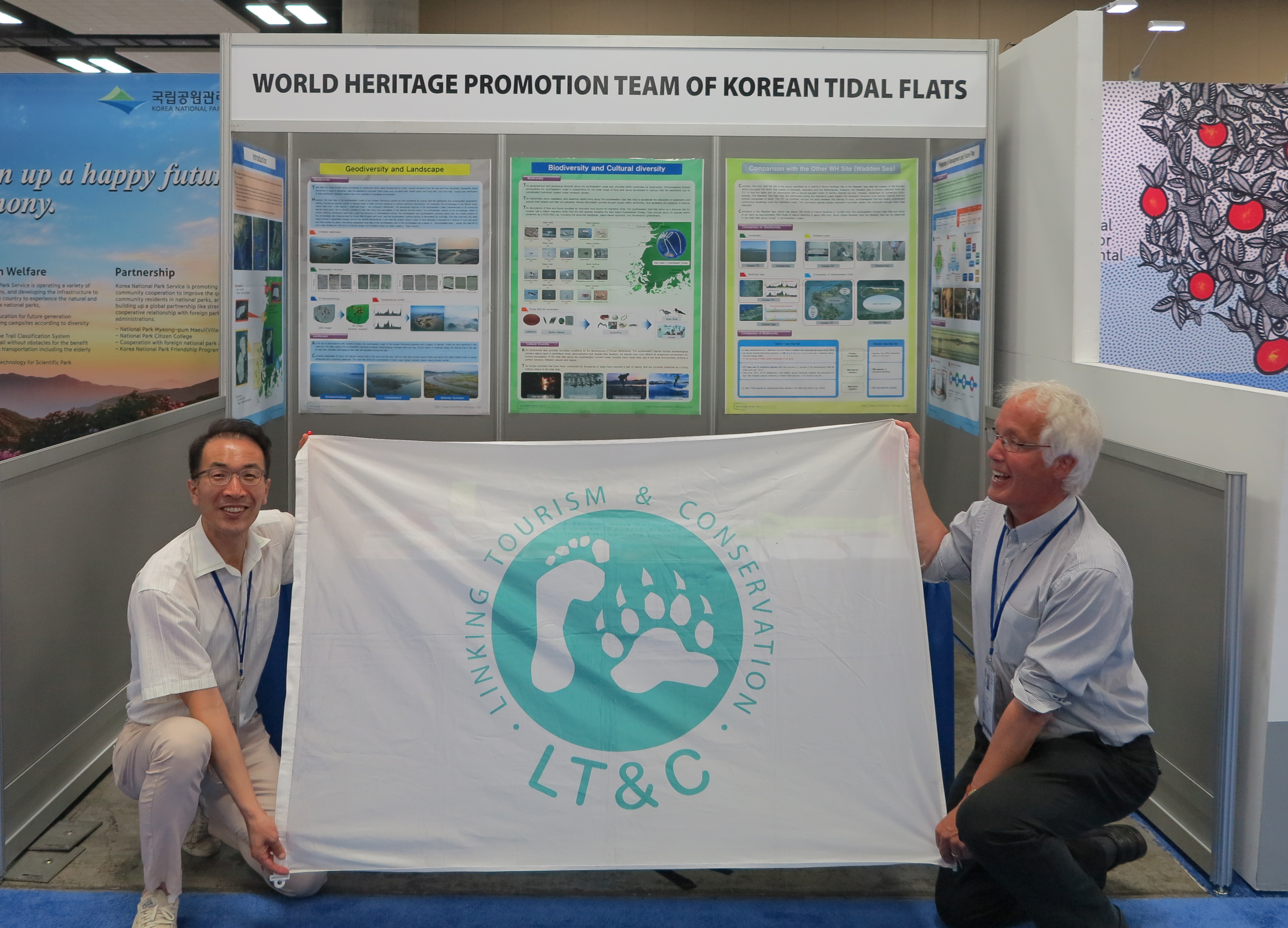
Note: The adoption of this decision by IUCN Members shall be without prejudice to IUCN’s role to provide independent technical evaluation of nominated sites for World Heritage Listing.
————————
Photos are available on the GRID-Arendal photo library.
See also UNEP-CMS / GRID-Arendal publication Living Planet: Connected Planet

